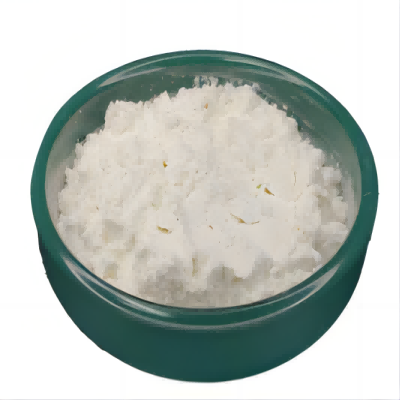Boc-Leu-Gly-Arg-PNA CAS:68223-96-1
Boc-Leu-Gly-Arg-PNA serves several important functions in molecular biology and genetic research. Its core application is as a molecular probe for the detection and study of nucleic acids. The PNA backbone offers superior stability compared to DNA or RNA, allowing researchers to design probes that are highly specific for complementary genetic sequences. This specificity is crucial for tasks such as genotyping, gene expression analysis, and mutation detection. Additionally, Boc-Leu-Gly-Arg-PNA can be used in gene therapy and antisense oligonucleotide development. Due to its ability to bind to complementary RNA or DNA sequences with high affinity, it can be employed to inhibit gene expression by blocking the target nucleic acids or modulating their activity. This makes it a valuable tool for studying gene function and developing new therapeutic strategies. The inclusion of the "Boc" group (tert-butoxycarbonyl) is significant for peptide synthesis as it protects the amino group during chemical reactions, ensuring that the peptide can be synthesized with precision. After synthesis, the Boc group is removed to allow the PNA to bind to its target sequences. Furthermore, Boc-Leu-Gly-Arg-PNA is explored in diagnostic assays due to its ability to selectively hybridize with nucleic acid targets. Its robustness against degradation by nucleases makes it a reliable component for creating diagnostic tests for genetic diseases and other conditions. Overall, while Boc-Leu-Gly-Arg-PNA is a specialized tool primarily used in research, its advanced properties offer potential for significant advancements in genetics, molecular biology, and therapeutic development.



| Composition | C25H40N8O7 |
| Assay | 99% |
| Appearance | white powder |
| CAS No. | 68223-96-1 |
| Packing | Small and bulk |
| Shelf Life | 2 years |
| Storage | Store in cool and dry area |
| Certification | ISO. |









